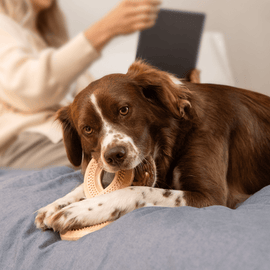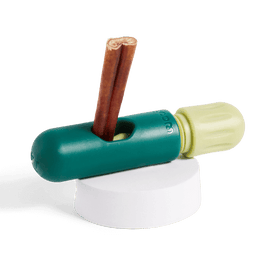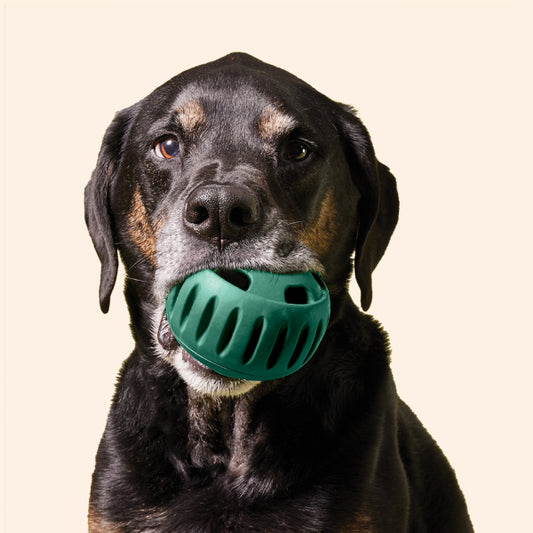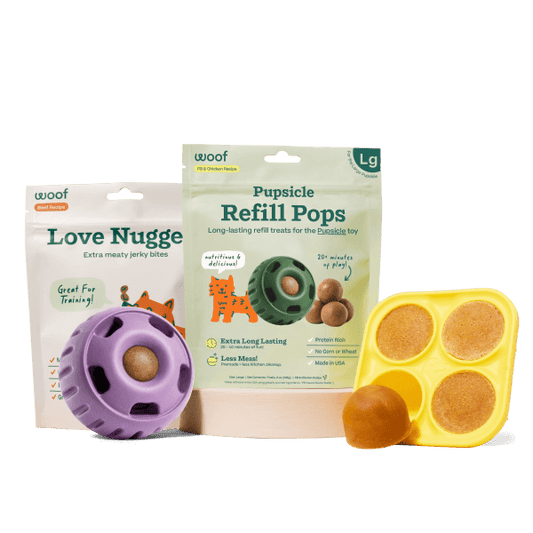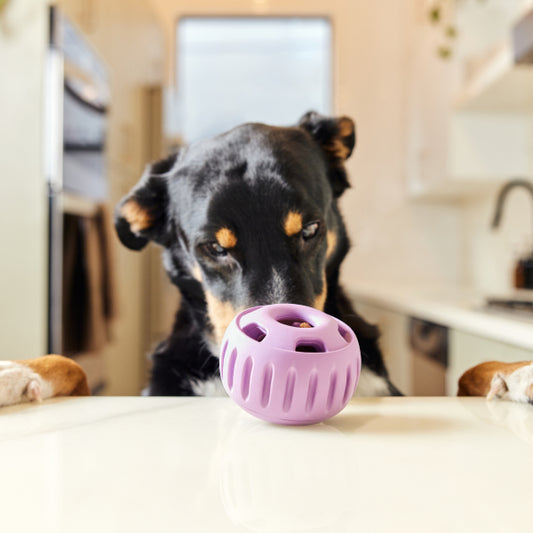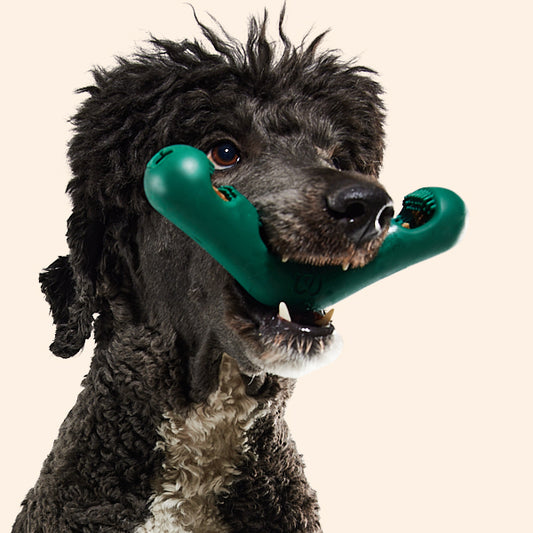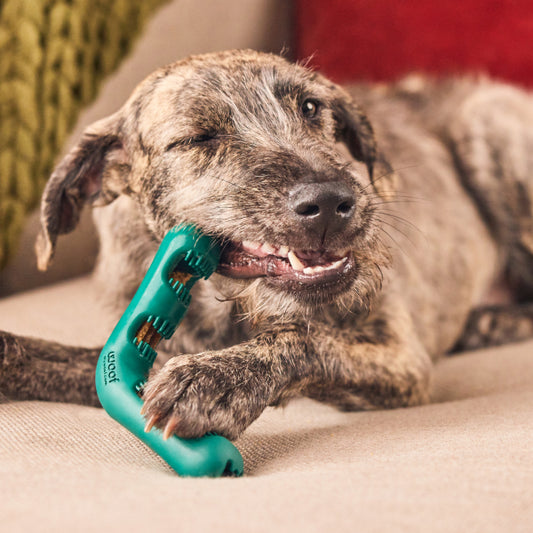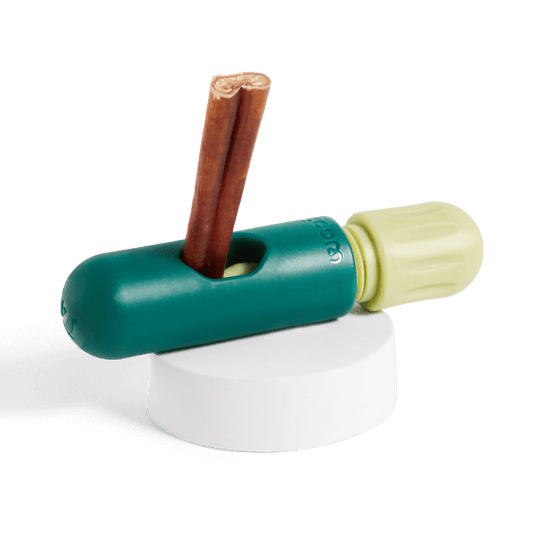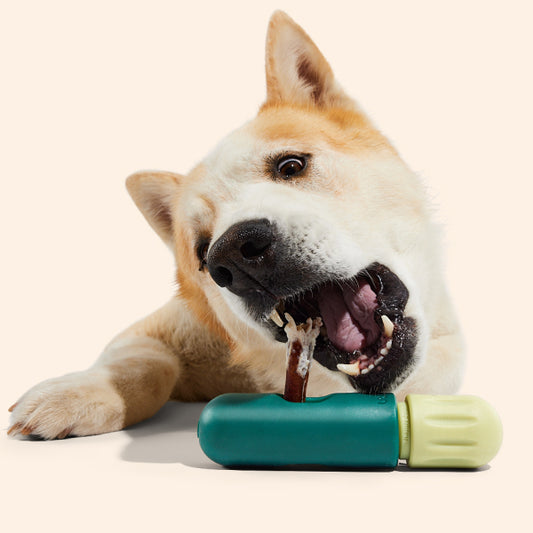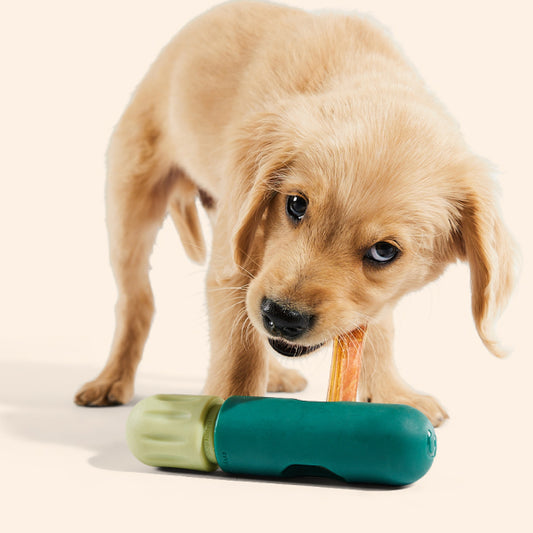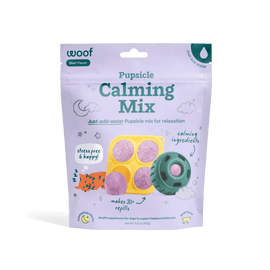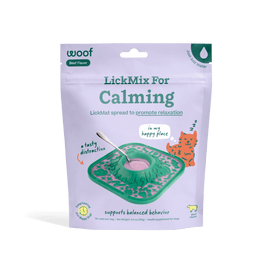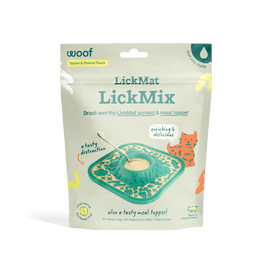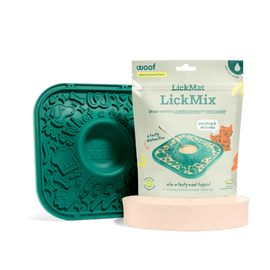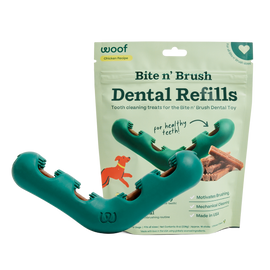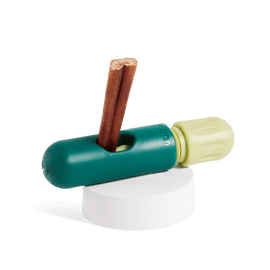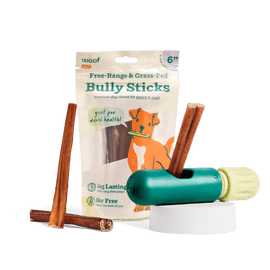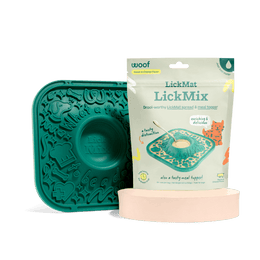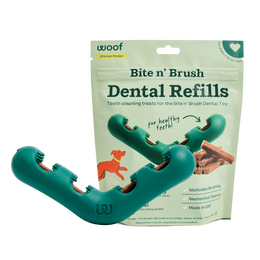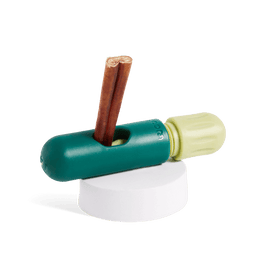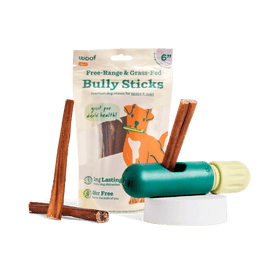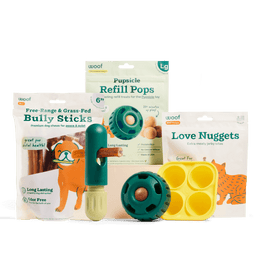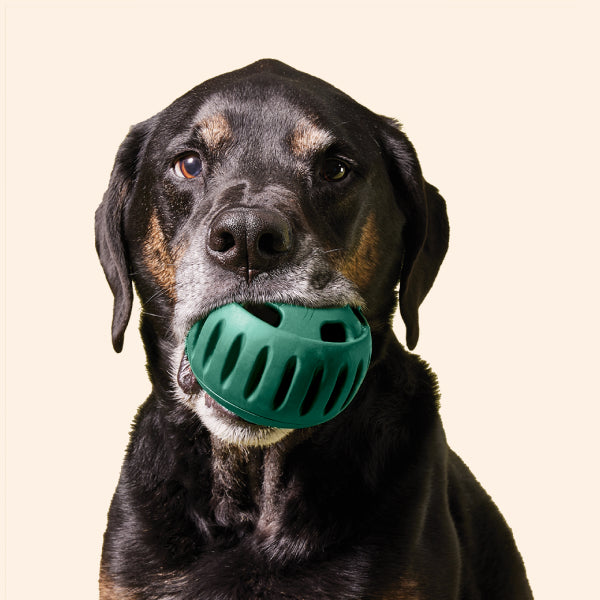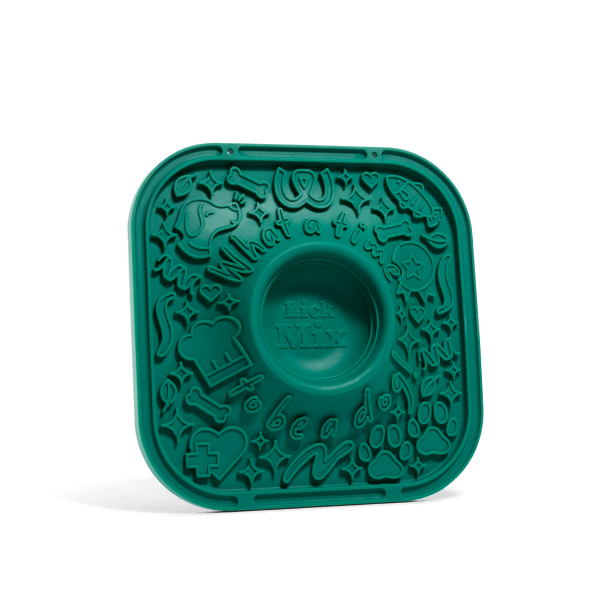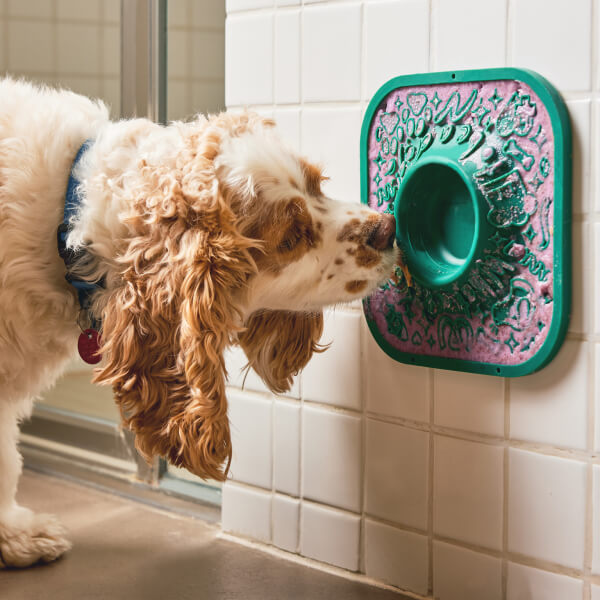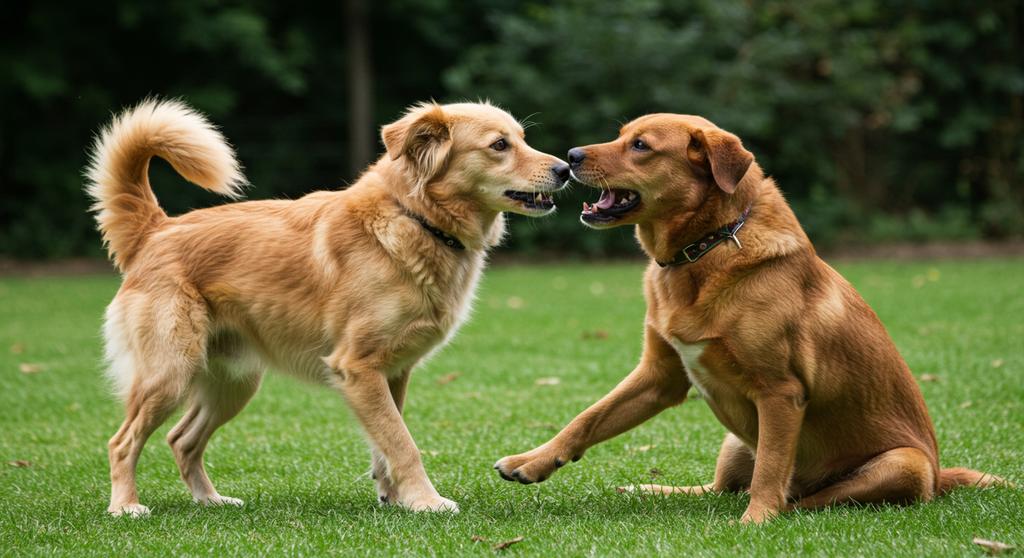
Bringing a new rescue dog into your home is an exciting journey, but it comes with its own set of challenges—especially when you have other pets. Introducing a rescue dog to your existing furry friends requires patience, understanding, and a well-thought-out plan. In this guide, we'll walk you through the steps to ensure a smooth and successful introduction, creating a harmonious environment for all your pets.
Adopting a rescue dog is a noble act, but it's essential to consider how they'll integrate into your current household. Whether you're introducing a dog to another dog, a cat, or even other small animals, the process should be gradual and supervised. This approach helps prevent territorial behaviors and ensures that all pets feel safe and secure.
1. Prepare Your Home
Before bringing your new rescue dog home, set up separate spaces for each pet. This includes individual sleeping areas, food and water bowls, and toys. Using baby gates or crates can help manage their interactions and provide each pet with their own space. The Pupsicle and a LickMat are excellent tools for calming enrichment that help your new dog acclimate peacefully.
2. Choose a Neutral Meeting Ground
For the initial introduction, select a neutral location where neither pet feels territorial. A quiet park or a friend’s yard can be ideal. Keep both pets on a leash to maintain control and prevent any sudden movements that could lead to aggression. Allow them to observe each other from a distance, gradually decreasing the space between them as they become more comfortable.
3. Monitor Body Language
Pay close attention to each pet’s body language during the introduction. Signs of stress or aggression—such as growling, raised hackles, or stiff posture—indicate that the pets need more time and space. If either pet shows signs of fear or agitation, calmly separate them and try again later. Look for positive signals like wagging tails, soft eyes, and relaxed postures before moving forward.
4. Gradual Integration
Once the initial introductions go well, begin integrating the pets into the same space gradually. Allow them to explore each other’s scent by swapping bedding or toys before direct contact. Supervise all interactions closely, and keep early sessions short and pleasant. Using a Calming Treat Mix or Calming LickMix during sessions can help ease nerves and promote positive associations.
5. Maintain Routine and Consistency
Dogs thrive on routine. Keep your existing pet’s schedule consistent—feeding times, walks, playtime—to reduce stress and feelings of displacement. Offering All-in-1 Chews can support overall wellness while maintaining your dog's normal routine. Make sure each pet receives individual attention to prevent jealousy or insecurity.
6. Use Positive Reinforcement
Reward both pets for calm and friendly behavior using treats, praise, and affection. Reinforcement builds trust and helps them associate one another with positive outcomes. Consider using healthy treats or a Pupsicle Pop as a special reward during and after introductions. Avoid punishment, which can lead to fear and regression.
7. Seek Professional Help if Needed
If your pets continue to show signs of anxiety, fear, or aggression despite your efforts, consult a professional dog trainer or animal behaviorist. These experts can offer customized support to create a successful and lasting bond between your pets.
Introducing a rescue dog to other pets takes time, empathy, and consistency—but the result is worth it. With patience and the right tools, you can build a loving, peaceful multi-pet household.
